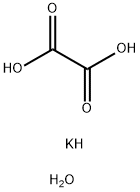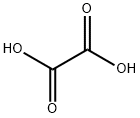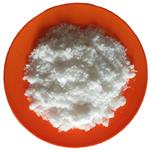Description
Potassium oxalate monohydrate is the monohydrate form of potassium oxalate. It is a strong dicarboxylic acid naturally occurring in many plants and vegetables. It is produced inside the body during the metabolism of glyoxylic acid or ascorbic acid. It is used as a chelating agent, a purifying agent in the pharmaceutical industry as well as a precipitating agent in rare-earth metal processing. In textile and wood industry, it can also used as a grinding agent, a rust remover in metal treatment and a bleaching agent. Moreover, it can be used as a scale remover in automobile radiators and also used in water treatment. In addition, it can be used to determine the calcium content and other heavy metals and reducing agents inn analytic chemistry. It can also be used for the preparation of SBA-15 (nanostructured SiO2) supported catalyst.
Chemical Properties
Potassium oxalate monohydrate is odorless, effiorescent, water-soluble, colorless crystals that decompose when heated. Used in analytical chemistry and photography, and as a bleach and oxalic acid source.
Uses
Potassium oxalate monohydrate may be used in the preparation of SBA-15 (Santa Barbara Amoprhous-15)- catalyst.
General Description
Potassium oxalate monohydrate (POM) is a potassium salt of oxalic acid. Its crystal structure has been investigated by three-dimensional neutron diffraction studies.
Purification Methods
Recrystallise it from hot water. It forms various K + oxalic acid salts [e.g. potassium hydrogen oxalate KH(C2O4)—see above, and KH3(C2O4)2 which is, surprisingly, called potassium tetraoxalate—see below]. [Beilstein 2 H 513, 2 I 224, 2 II, 485, 2 III 1552, 2 IV 1823.]






